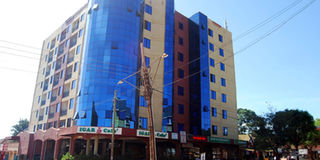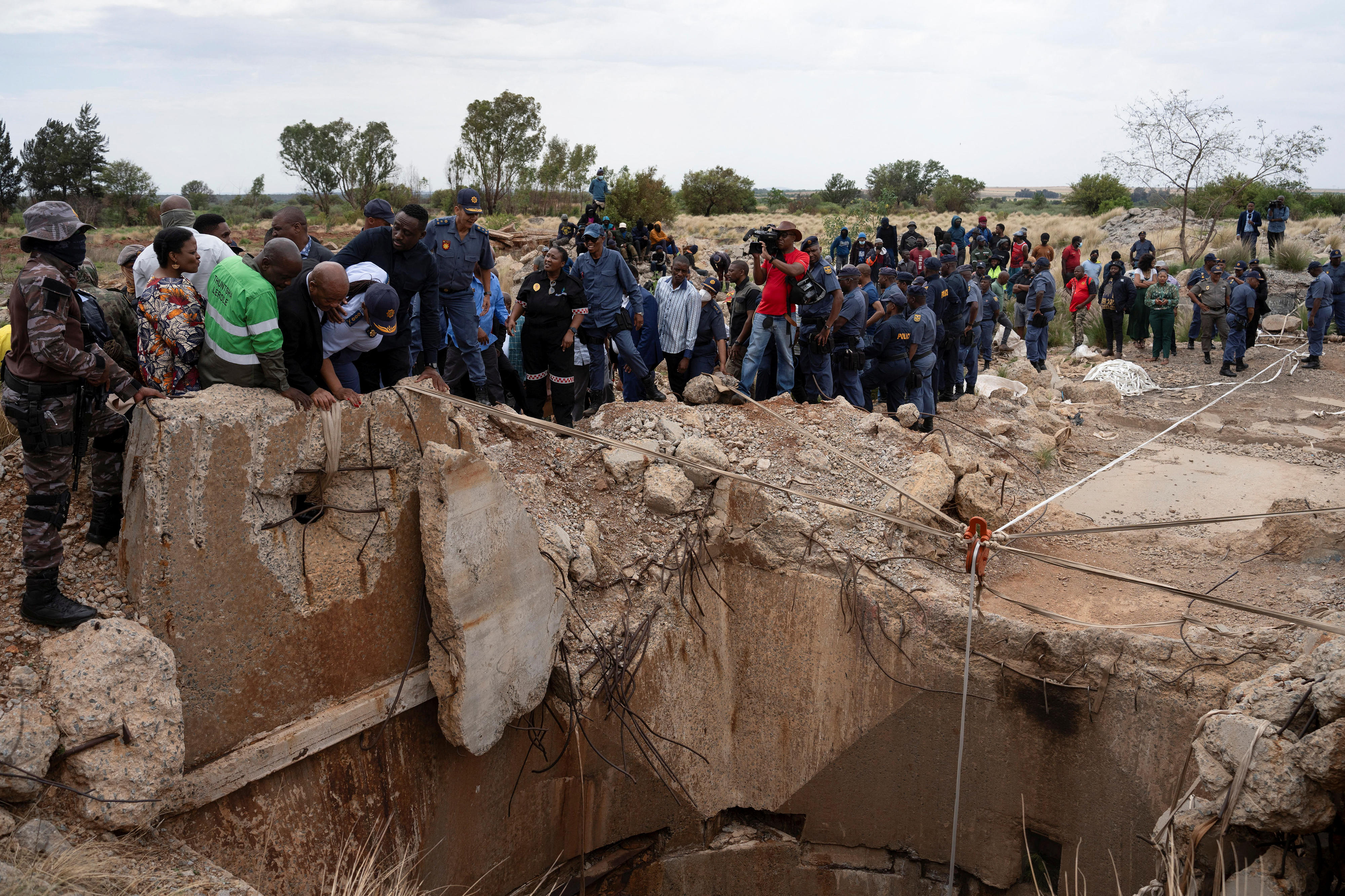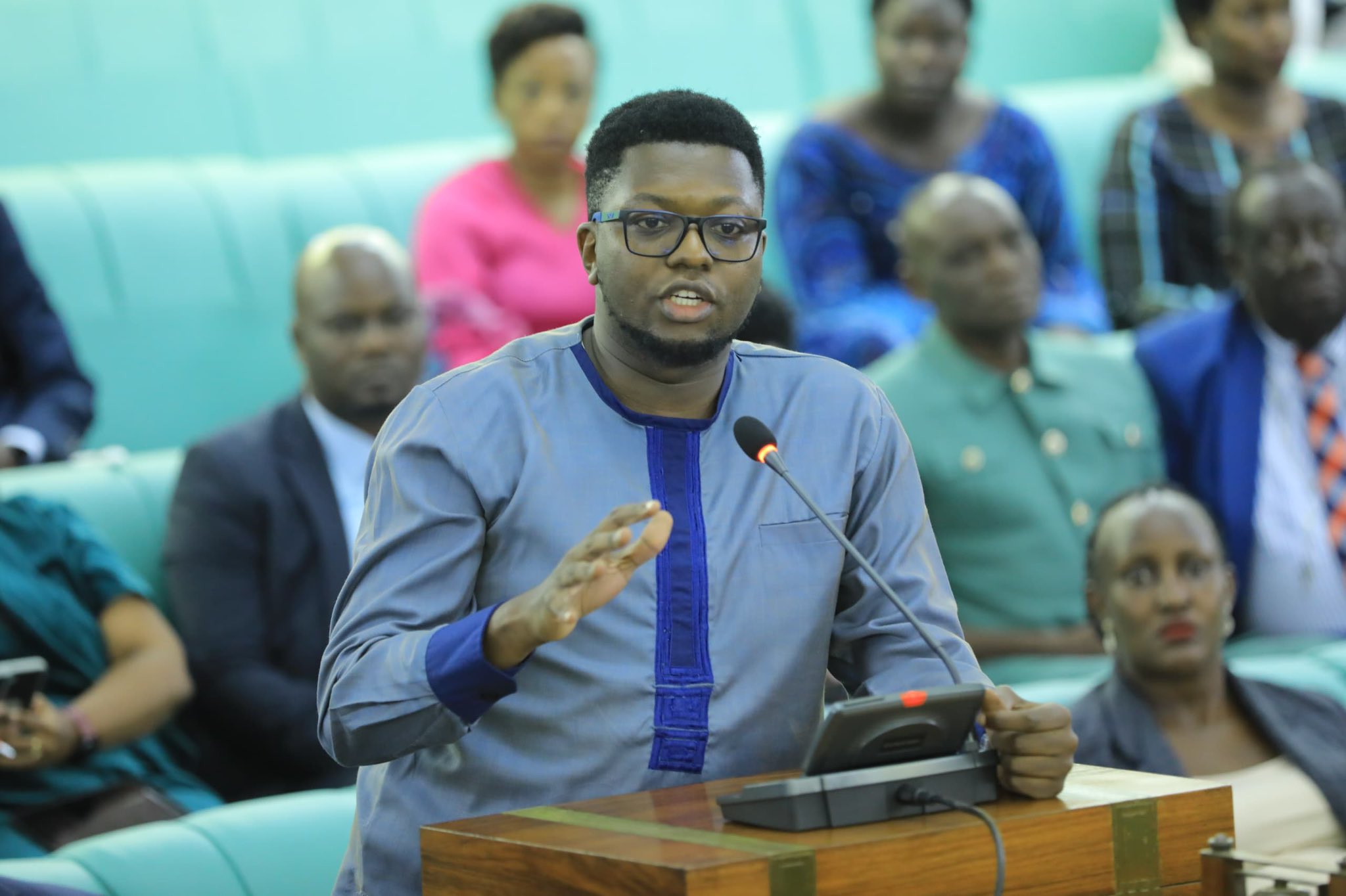Prime
Jinja ready for city status, district leaders tell government

Developing. Some of the magnificent buildings mushrooming in Jinja Town. With such infrastructure, district authorities are convinced a city status is well-deserved. PHOTO BY PHILIP WAFULA.
What you need to know:
- To qualify for a city status, there must be well-developed structural and physical plans, proper garbage and waste management, development plans, competency in management of public funds, good roads, enough water sources and capacity to meet the cost of delivering required services for the population, among others.
The Jinja District chairperson, Mr Titus Kisambira, has said the district ‘has whatever it takes’ to become a city.
His proclamation comes after government finalised plans of elevating nine municipalities, including Fort Portal, Mbarara, Hoima, Lira, Arua, Gulu, Mbale, Jinja and Entebbe to cities. This elevation, government believes, will promote regional development.
In a telephone interview with Daily Monitor at the weekend, Mr Kisambira said they received resolutions from all sub-counties in the district accepting to be part of the city, which they passed.
“After a thorough study, we passed a resolution for the entire district to become a city. One of the conditions for a city status is the population and geographical size; we now have the population, the size, infrastructure and money to put up more,” he said.
He added, “And after becoming a city, we will have three municipalities; Jinja, Butembe and Kagoma, which means people will have more representation, more jobs and better services.”
However, the Jinja municipality speaker, Mr Moses Bizitu, said the district leaders, including MPs from the area, need to sensitise the population on the benefits of a city status before pushing for it.
“We need MPs to first consult us as it was with the presidential Age Limit Bill. They have to tell us how the people will benefit from the city because it is likely to create wrangles,” he said.

He added: “We have technical officers at different levels, who are performing some duties that might be affected after obtaining a city status. If, for instance, some divisions are phased out, how will the leaders fit in the city?”
He also asked government to work on the roads that are in a sorry state, especially in the sub-counties of Butagaya and Busedde so that they can fit in the city status.
The Jinja municipality mayor, Mr Majid Batambuze, who also doubles as the chairperson of Urban Authorities Association of Uganda (UAAU), said Jinja as a city will attract more investors.
Earlier on, municipal authorities had only wanted part of the district to become a city. However, this was not possible because its population is less than 500,000 people. One of the requirements for a city status is that the area should have a population of more than 500,000 people.
Ms Jennifer Namuyangu, the State Minister for Local Government, said government has allocated Shs130b for new planned cities that will meet requirements to become operational.
“What is left is for government to provide resources for the nine new cities to begin operation,” she said.
Uganda currently has one city (Kampala), 41 municipalities, 422 town councils and more than 120 districts.
About Jinja
Jinja District, located in Busoga sub-region, in the eastern part of Uganda, is approximately 81 kilometres, east of Kampala and sits along the northern shores of Lake Victoria and in proximity to the source of the Nile.
According to the 2014 national population and housing census, Jinja had a total population of 471,243 people, with 230,189 being male and 241,053 female.




